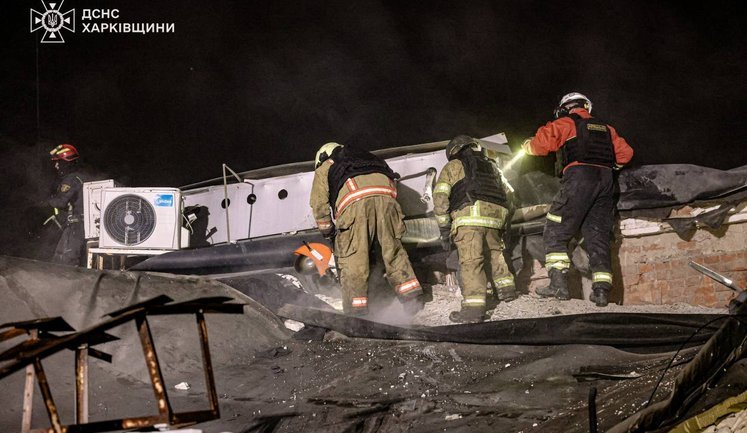The situation in Ukraine remains dire as Russian forces intensify their use of guided aerial bombs (GABs), affecting multiple Ukrainian regions, including Kharkiv, Chernihiv, and Zaporizhzhia. Civilians have borne the brunt of these attacks, with numerous casualties and significant infrastructural damage reported. In Kharkiv, recent strikes resulted in injuries to eight individuals and extensive damage to key facilities. The Russian strategy involves using small groups combined with drone "mothers" to navigate and execute these assaults effectively. Particularly concerning is the use of up to 20 KABs per day in some areas, further escalating tensions. Ukrainian and NATO forces are actively testing countermeasures to protect key targets from these devastating aerial assaults.
What are KABs, and how are they used in the context of the Ukrainian conflict?
KABs, or guided aerial bombs, are precision munitions used by Russian forces to target strategic and civilian locations in Ukraine. These bombs enable strikes over long distances with increased accuracy, resulting in significant infrastructural damage and civilian casualties. Russian forces have utilized KABs extensively in regions such as Kharkiv, Zaporizhzhia, and Mykolaiv, marking a severe escalation in the conflict.
How have Ukrainian cities been affected by Russian KAB attacks recently?
Ukrainian cities have seen an alarming increase in guided aerial bomb (KAB) attacks, notably in areas like Kharkiv, Chernihiv, and Zaporizhzhia. These attacks have led to numerous civilian casualties and have severely impacted infrastructure, including residential buildings, medical facilities, and critical utilities. The continuous assaults contribute to an escalating humanitarian crisis in these regions.
What measures are being taken to counteract the threat of Russian guided aerial bombs?
To mitigate the threat posed by Russian guided aerial bombs, Ukrainian and NATO forces are working on innovative countermeasures. These include developing and deploying advanced air defense systems capable of intercepting long-range KABs, enhancing surveillance, and conducting joint analyses and training exercises. These efforts aim to strengthen defensive capabilities and protect vital Ukrainian infrastructure and civilians from ongoing aerial threats.
Which areas in Ukraine are most frequently targeted by guided aerial bomb attacks?
Regions such as Kharkiv, Zaporizhzhia, and Mykolaiv are frequently targeted by Russian guided aerial bomb (KAB) attacks. These areas have witnessed repeated strikes, resulting in significant human and infrastructural losses. Particularly vulnerable are civilian-populated centers and essential service infrastructure, indicating a broad scope of targets being pursued by Russian forces.
How is the international community responding to the use of KABs in Ukraine?
The international community has condemned the increased use of KABs by Russian forces in Ukraine. Various governments and international organizations are providing supportive measures, including sanctions against Russia, military aid to bolster Ukraine's defenses, and humanitarian assistance to impacted regions. The overarching goal is to pressure Russia to cease hostilities and support Ukraine in its defense efforts.
























































